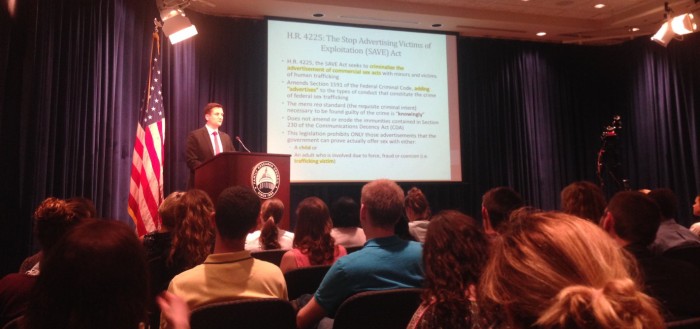While we often talk about human trafficking, there’s one important aspect that we often ignore: the man who solicits sex on the street or on the internet. These individuals are also criminals, and they live among us every day, preying on young women and girls. They are the demand that drives this business, because that is what it is, just business, not human lives. To them, these girls are property. In order to end modern day slavery in our society, we must end demand.
If the guys who buy sex from young girls merely get a slap on the wrist (that is, if they receive any punishment at all), this horrific crime will continue. These men are not “johns,” they are child abusers and must be treated as such.
That is why the House of Representatives unanimously passed the Justice for Victims of Trafficking Act, a bipartisan bill I introduced with Congresswoman Carolyn Maloney (D-NY) that, among other things, ensures that buyers can be prosecuted under federal law. The legislation strengthens and clarifies the Trafficking Victims Protection Act (TVPA) by making it absolutely clear for judges, juries, prosecutors, and law enforcement officials that criminals who solicit or patronize sexual acts from trafficking victims can and should be arrested, prosecuted, and convicted as sex trafficking offenders.
The Eighth Circuit Court of Appeals got it right when they determined that buyers commit the crime of sex trafficking under 18 U.S.C. § 1591 in U.S. v. Jungers and U.S. v. Bonestroo. JVTA clarifies and strengthens the law so that more prosecutors will decide to aggressively go after buyers and so law enforcement will be encouraged to arrest them. In addition, the bill calls for the U.S. Attorney General to ensure that all task forces and the Innocence Lost National Initiative working groups get involved by engaging in activities and operations to increase investigations and prosecutions of buyers. It is time for the Senate to pass the Justice for Victims of Trafficking Act.
Most of these abusers are never prosecuted; many are not even arrested. We cannot continue to let predators go free. It’s time to get serious and end demand.
And that’s just the way it is.
 Even more surprising is the fact that websites earned a total of $45 million in revenue from prostitution advertising in the United States last year. In the average month Backpage.com receives $4-$5 million from these types of ads, which often involve underage children. Legitimate, legal, multimillion dollar corporations are currently profiting from criminal activity and the plight of trafficked children as they generally choose to ignore the fact that their services are facilitating these crimes. It should be noted that not every corporation has disregarded this issue, however, as Google has recently made a highly publicized decision to remove all pornographic ads and links to sexually explicit websites from their services.
Even more surprising is the fact that websites earned a total of $45 million in revenue from prostitution advertising in the United States last year. In the average month Backpage.com receives $4-$5 million from these types of ads, which often involve underage children. Legitimate, legal, multimillion dollar corporations are currently profiting from criminal activity and the plight of trafficked children as they generally choose to ignore the fact that their services are facilitating these crimes. It should be noted that not every corporation has disregarded this issue, however, as Google has recently made a highly publicized decision to remove all pornographic ads and links to sexually explicit websites from their services.





